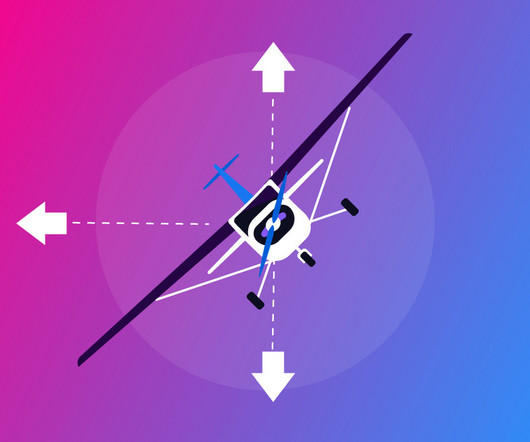We Fly: Epic E1000 AX
Flying Magazine
JULY 22, 2025
Epic has just released the most recent iteration of the airplane, the E1000 AX, with a major avionics upgrade including Garmin’s G1000 NXi suite and upped the useful load to an advertised (on its website) 2,860 pounds—gross weight 8,000, max ramp weight 8,035. The solution is to put something in the baggage compartment.











Let's personalize your content